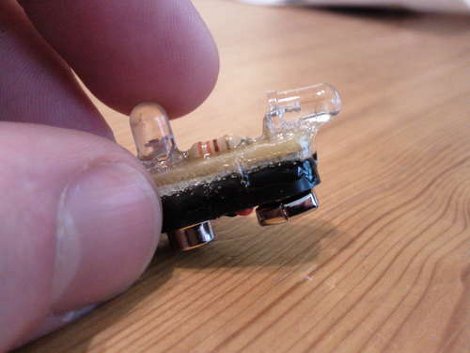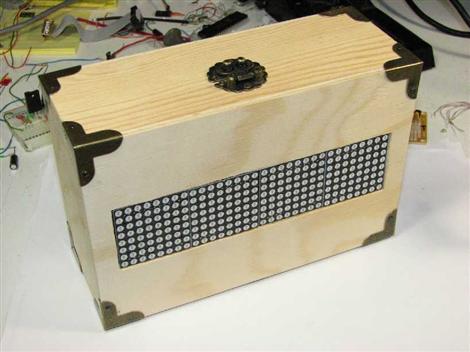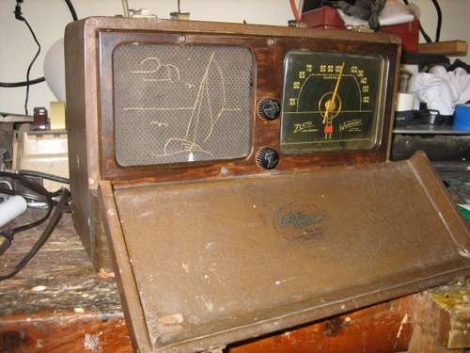
Whenever you are working with infrared, you sometimes need to see it, and thats kind of hard. Most people would jump up and say “camera”, but that is not always the best solution. For instance my phone camera is so filtered its near useless for IR, and my DSLR will only take a full blast source and present a dim glow. Wanting something a bit easier [Candymanproducitons] whipped up a little IR tester that fits on top of a standard rectangle 9V battery.
A simple circuit containing nothing more than a LED, resistor, and a IR photo-transistor was assembled on some perforated circuit board, then mounted on top of a battery clip with some epoxy. The end result is a compact and robust tool that will be very handy in the shop, though we think a little spot for your scope probe would be super.
9 volt batteries, with their internal design and locking / polarized terminals are usually a mainstay of electronic tinkerers, and often pop up in cool and compact projects like my lm386 amp in a battery shell from last year. So what can you do with them?













